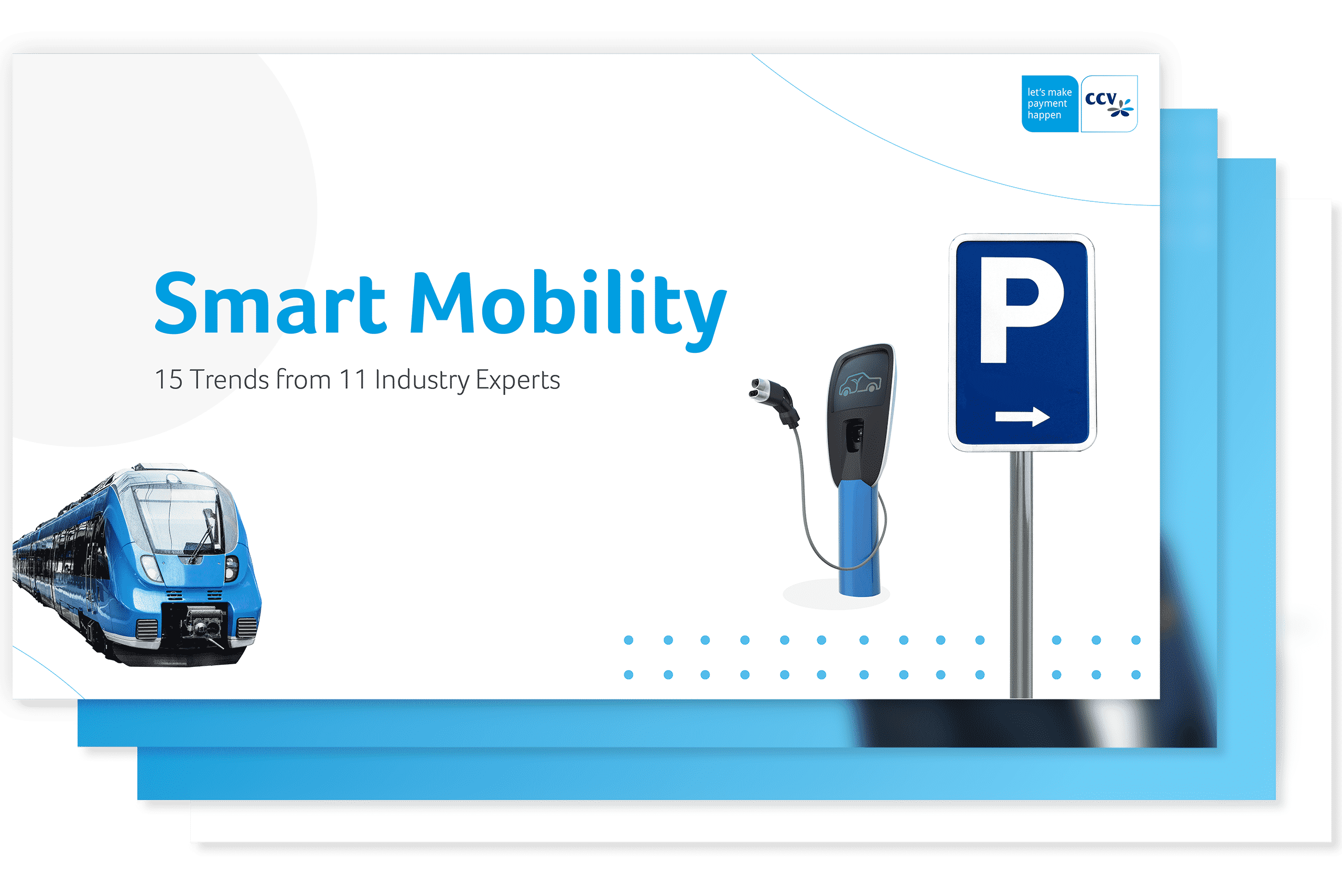E-Receipts via QR Code for EV Charging
Valued at over $162 billion in 2019, the global electric vehicle market is expected to eclipse $802 billion by 2027. This represents a compound annual growth rate (CAGR) of 22.6%.
But for this market to hit those numbers, it will take more than consumers deciding to switch from petrol to electric on a whim. While early adopters often overlook teething problems or lack of availability when a new product or service is launched, in order to truly break the mainstream, both the infrastructure and user experience surrounding electric vehicles need to be airtight.
EV charging stations and a smart and seamless payment process will be central to this. As an example of one of our solutions, we see e-receipts via QR codes as one component that can elevate the customer experience, while also providing a range of business and environmental benefits.
In this blog post, we’ll guide you through the customer journey, from EV charging to e-receipt, before sharing the key advantages of a digital receipt as the final part of the payment process.
The E-Receipt Customer Journey
Among the pain points of EV drivers, the learning curve (deciding how, where and when to charge) and understanding the cost of charging stand apart as two of the more significant. That’s why EV charging stations need to deliver a transparent and easy-to-use customer experience.
Our QR payment solution for EV charging (complete with e-receipts) is one of the solutions that has been developed to help address these concerns.
The customer just needs to follow these simple steps:
- Connect the car to the charger
- Scan the QR code with a smartphone
- Choose the web-based payment method (e.g. credit card, iDeal, or Paypal)
- Confirm the payment method and complete payment details
- Choose whether to receive an e-receipt at the end of the session
- Reservation is complete and the car can be charged
- The car is charged, and the webpage confirms charging in process
- Car can be disconnected and can be driven off immediately
- E-receipt is received in the customer’s inbox
Note: E-receipts are also available through our full payment terminal solutions, which accept contactless cards and digital wallet payments. In these scenarios, the customer scans a QR code after their transaction to generate an e-receipt, which can be saved on their phone or sent to their inbox.
5 Benefits of E-Receipts for EV Charging
There are a number of clear benefits to offering an e-receipt as opposed to a paper receipt at an EV charging station.
1. It’s Low Maintenance
If we overlook the fact that many EV charging points don’t actually have space for a printer, there’s also a cost component attached to offering paper receipts.
Doing so requires maintenance and it requires paper and ink, both of which cost money. In fact, the most costly element of regular maintenance is getting someone to drive to the location to replace these items. Using an e-receipt via QR code eliminates this cost and makes for a far more streamlined experience for both EV charging operators and your customers.
2. It’s Better for the Environment
Many paper receipts end up being misplaced or discarded, contributing to an alarming amount of waste each year. This is further underlined by a survey by Green America, which found that over one-quarter of respondents lost or threw away almost every single paper receipt they were given.
E-receipts benefit the environment by removing paper from the transaction. It also aligns the charging station operator with the values of its users; many EV drivers will choose electric over petrol to lower their personal carbon footprint.
3. Aids Business Expense Management
As mentioned above, paper receipts are prone to being lost, and this is particularly frustrating for anyone who needs to retain the receipt to claim business expenses.
Offering an e-receipt is, therefore, an attractive proposition for business customers, or for those drivers using their electric vehicle for business purposes. It can be emailed directly to an accounts department or accounting software for the claim to be recorded and processed, or it can be downloaded and saved for later. Either way, it’s far less likely to be lost.
4. Offers Marketing Opportunities
Major retailers have long used paper receipts to offer customers discounts or to advertise special offers — and e-receipts possess similar marketing opportunities.
You might consider rewarding drivers with a voucher for repeat custom, selling space on the digital receipt to advertise on behalf of another business, or partnering with another company to provide unique offers to your customers.
5. Meets Regulatory Requirements
Depending on where you operate, there are certain rules and regulations where receipts are concerned.
For example, many major card providers state that their cardholders have the right to receive a transaction receipt when they make a payment. Offering an e-receipt keeps you compliant with these rules and regulations.
Key takeaways
An e-receipt can be the cherry on top of a seamless EV charging payment process, enhancing the overall user experience and benefiting both the business and the environment.
Mobility Trends
We’ve interviewed 9 industry experts, so you can learn more about the biggest mobility trends right now. Download your free slideshow report today
About the Author
 Maria Joukovitch is a passionate and professional partner manager, specialized in the international payment industry. Responsible for managing a portfolio of international partners where she is customer driven with focus on results. Maria is experienced at large scale payment solutions for International Partners.
Maria Joukovitch is a passionate and professional partner manager, specialized in the international payment industry. Responsible for managing a portfolio of international partners where she is customer driven with focus on results. Maria is experienced at large scale payment solutions for International Partners.
Are you ready to explore opportunities for your EV business? Please contact Maria Joukovitch.

